Australopithecus afarensis footprint
Cast of the "Laetoli footprints" -- the earliest known human footprints in the world, on display in the Hall of Human Origins in the Smithsonian Museum of Natural History in Washington, D.C.
These footprints are those of Australopithecus afarensis. The entire footprint trail is 88 feet long and includes impressions left by two early humans. They were made 3.6 million years ago in Laetoli, Tanzania, when A. afarensis walked through wet volcanic ash. Paleontologist Mary Leakey found them in 1976, but they were not identified until Paul Abell did so in 1978. There are 70 footprints in total.
Australopithecus afarensis is an extinct human ancestor that lived between 3.9 to 2.9 million years ago. It is more closely related to human beings that Australopithecus africanus, which also lived at about the same time. Australopithecus afarensis was discovered in the Afar region of Ethiopia (hence the name "afarensis") in November 1973. The genus name, "Australopithecus", comes from the Latin word australis (or "southern") and the Greek word pithekos ("ape").
The most famous find is a partial skeleton discovered on November 24, 1974. It was named named Lucy because the scientists who found it repeatedly played the song "Lucy in the Sky with Diamonds" in celebration.Relevante Bilder










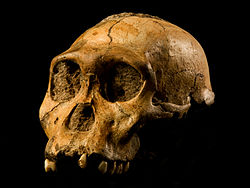



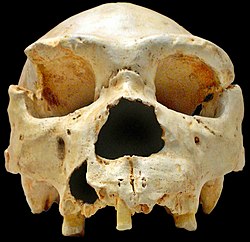

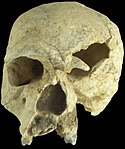


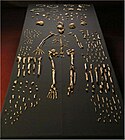
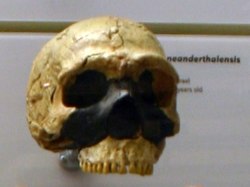










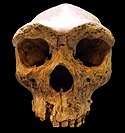


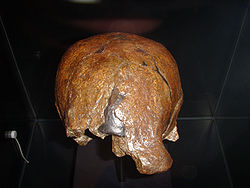



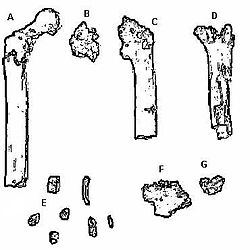

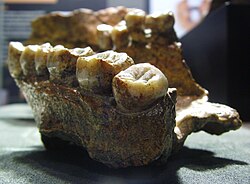

Relevante Artikel
Liste homininer FossilienDie folgenden Tabellen geben einen Überblick über einige bemerkenswerte Funde homininer Fossilien, die im Zusammenhang mit der Stammesgeschichte des Menschen und dem Prozess der Hominisation stehen. Da es tausende solcher Fossilien gibt, besteht hierbei kein Anspruch auf Vollständigkeit, vielmehr sollen die wesentlichsten Funde zusammengestellt werden. .. weiterlesen
